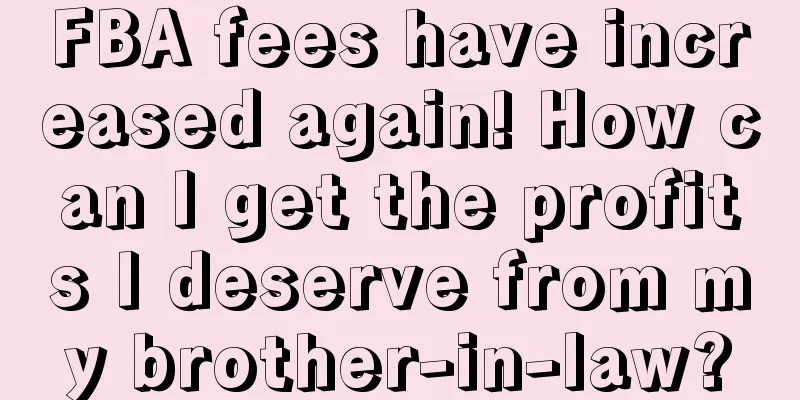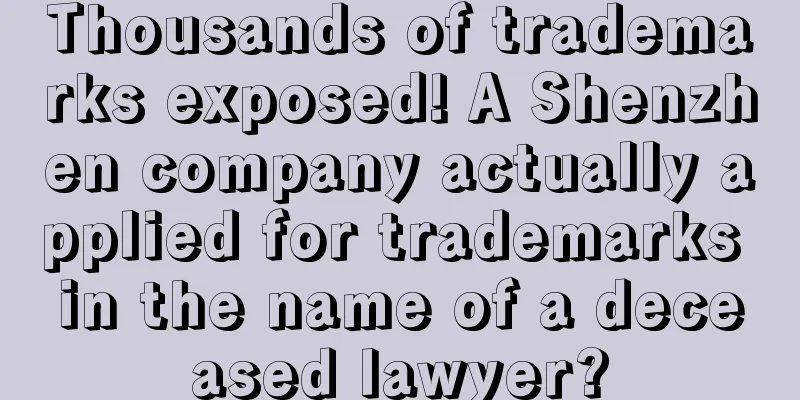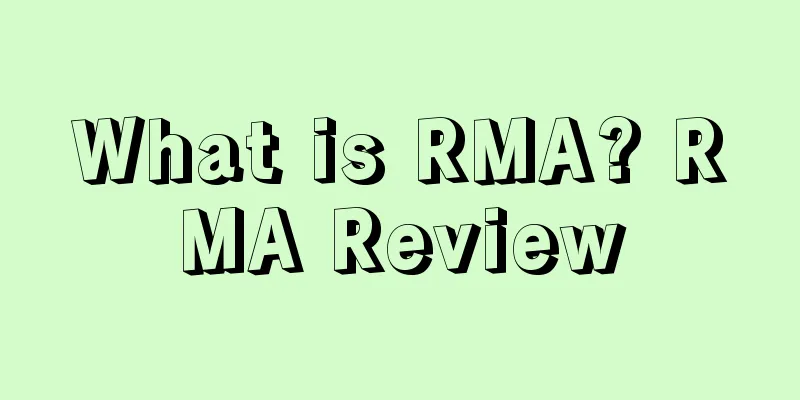|
Amazon FBA is the first stop for most sellers to enter the Amazon platform. Many conveniences make sellers choose this model first, but the disadvantages of FBA are also obvious. High storage costs and inflexible prices give sellers headaches. Reducing Amazon FBA fees is not a pipe dream. Although Amazon will not give discounts, sellers can change the way they use the service to avoid unnecessary fees. At the same time, make sure all data is correct and request a refund for Amazon's incorrect charges. Here are 5 key tips for reducing your FBA fees : Optimize products at the size and weight border FBA logistics fees are charged in segments based on the product size set by Amazon. Size and weight tiered charges mean that items that are slightly larger or heavier than a certain tier value will be charged a higher fee. For example, a large standard-sized item weighing 16 ounces costs $3.48, while a 17-ounce item of the same size costs $4.90. This extra $1.42 is 41% higher than the cost of the lower-end item. If you sell 10,000 items a year, you will have to pay an extra $14,200. Therefore, the first step to reduce costs is to check which size and weight segment the product belongs to. An excerpt of Amazon’s current product size segments and FBA delivery fees is shown below: Find products that are at the lower end of the size or weight category and choose simple packaging that is as light and small as possible. Make necessary preparations in advance FBA's delivery service requirements are numerous, including warehousing and transportation, product packaging, barcode labels, etc. On Seller Central, there are 15 pages of product packaging content alone, covering the general requirements for all products, as well as specific requirements for liquids, powders, glass, batteries, plush toys, sharp objects, clothing, jewelry, baby products, etc. Many sellers seek convenience and hand over all packaging and pre-preparation to Amazon. This approach has its disadvantages: Amazon charges a fee for each unit of merchandise sold . Inventory takes longer to become available for purchase . If a seller uses the manufacturer barcode instead of the Amazon FNSKU barcode, it may cause the inventory to be "mixed" with other sellers' inventory . These fees can be reduced or avoided entirely. Brand and private label sellers can ask manufacturers to print Amazon barcodes directly on product packaging and add polybags or other packaging at the factory to meet FBA requirements. If the quantity of goods is large, the seller can do the preliminary preparation work by themselves or hire a professional FBA preparation company. Although it also requires a certain cost, it is much lower than Amazon's charges. As for the box contents information, sellers can fill in the information online or upload a file, or create a reusable template. You can also use the inventory management system that handles FBA inbound shipping, which should provide Amazon with the box contents information through the API. If neither of these options is feasible, specialized tools can be used to generate all the information you need. Clear unfulfillable inventory If a customer returns an item, Amazon will inspect it to determine if it can be resold. Items that cannot be resold are called "unfulfillable." If they are not removed, they will remain in the logistics center and continue to incur storage fees. To find out if you have unfulfillable inventory, run the Inventory Health report in Seller Central and check the "Total unsellable quantity" column. For unfulfillable inventory, choose to destroy or return it to the seller. Alternatively, choose to use the new “FBA Grade and Resell as Used” or “FBA Liquidations” programs, the fees associated with which will definitely be cheaper than endlessly accruing FBA storage fees. There may be differences in the fees charged by Amazon, and sellers can apply for reimbursement under the FBA Inventory Reimbursement Policy. Amazon’s FBA reimbursement pays the retail value of the affected inventory, not just the cost of the inventory. However, sellers need to file a claim within a limited time. For Amazon FBA US inbound goods, sellers have 9 months to reconcile, and 6 months for the EU. Sellers can file a claim for lost, damaged, handled or deleted units and erroneous customer refunds within 18 months. Sellers only have 90 days to file a claim for overcharged shipping fees. Sellers should review inventory, transaction, and fee data to look for discrepancies and file a claim with Seller Support within the specified time frame, uploading the required information such as bill of lading, proof of delivery, invoice, packing list and other documents. Although filing a claim is a complex and time-consuming process, it is worth it. Sellers can also hire other companies to conduct the FBA fee claim process. Amazon sets storage fees, storage limits, and Inventory Performance Index (IPI) to encourage sellers to keep inventory levels low to make full use of its warehouse capacity.The above are some small suggestions that sellers can use as a reference to be cost-conscious and creative in managing inventory.
|










